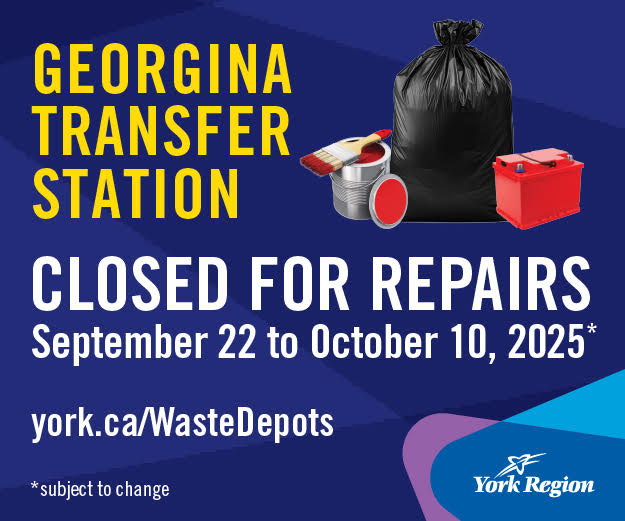
OTTAWA — Prime Minister Justin Trudeau says 240,000 people successfully applied for emergency relief amid the COVID−19 pandemic in the first few hours after the federal government opened the process this morning.
Only people with birthdays in the first three months of the year can apply for the Canada Emergency Response Benefit today, with the process opening more widely each day this week.
The benefit offers $500−a−week payments for workers who have lost all their income.
Trudeau says changes to the program will come soon to offer help for people whose hours have been slashed, but who are still working a little.
He also is promising more details on how the government intends to help those who are earning less now than they would if they were receiving the 16−week benefit, citing care workers for the elderly as an example.
Trudeau didn’t say how many people have thus far today been unable to be approved for the benefit.
The Canada Revenue Agency, which is running the system, issued a request for patience as it expected large demand for the new benefit that the federal government expects to cost $24 billion.
Over the last two weeks, more than two million people have applied for employment insurance benefits, a giant spike from what the program normally sees even in previous recessions.
The outlook for the rest of the year has seen an equally dramatic drop from just a few weeks ago.
Two surveys from the Bank of Canada today provide a pre−pandemic picture of consumers’ and businesses’ plans for the disrupted year.
The survey of consumer expectations suggests more people anticipated searching for new jobs and expected they would quickly find something new, while fewer thought they would lose their jobs.
Household spending expectations continued to edge up faster than expectations for wage growth, which the bank says suggests consumers by mid−February weren’t becoming more cautious in their spending.
Results from the business−outlook survey suggest business sentiment had softened in most regions before the pandemic intensified.
Much of that sentiment emanated from the country’s oil−producing regions, where companies were generally less optimistic, pulling back on capital spending and hiring plans as they watched the price of oil fall.
Companies told the central bank they expected the economic shock from low oil prices to be worse than what hit the sector in 2015 and the 2008 economic crisis. As one data point, capital spending was being cut by 30 per cent compared with 2019.
The reason, the bank says, was concern that financing was becoming harder to come by for companies that were also anticipating “a bottoming−out in the sector rather than a negative shock.”
The survey also suggests oil companies foresaw few layoffs unless low oil prices persisted over a longer period.
The belief was the benchmark price for crude, known as West Texas Intermediate, would be between US$30 and US$35 a barrel. The price to start the week was closer to US$28 a barrel.
By mid−March, restaurants, hotels and other service industries had seen a collapse in sales, had either closed or expected to soon, and were “drastically laying off staff or reducing staff hours in line with operations.” Others, the bank noted, were moving to food delivery and online sales to find new ways to earn money.
Manufacturers were anticipating temporary shutdowns and declining sales from challenged customers.
Grocery retailers and related transportation companies saw their sales reach “unprecedented levels” as workers were being told to stay at home.
This report by The Canadian Press was first published April 6, 2020.
Changes to emergency-relief program coming to expand eligibility, Trudeau saysThe Canadian Press
- September 24, 2025 Issue - September 26, 2025
- September 10, 2025 Issue - September 10, 2025
- August 24, 2025 Issue - August 28, 2025











































